HuffPost may receive a share from purchases made via links on this page. Prices and availability subject to change.
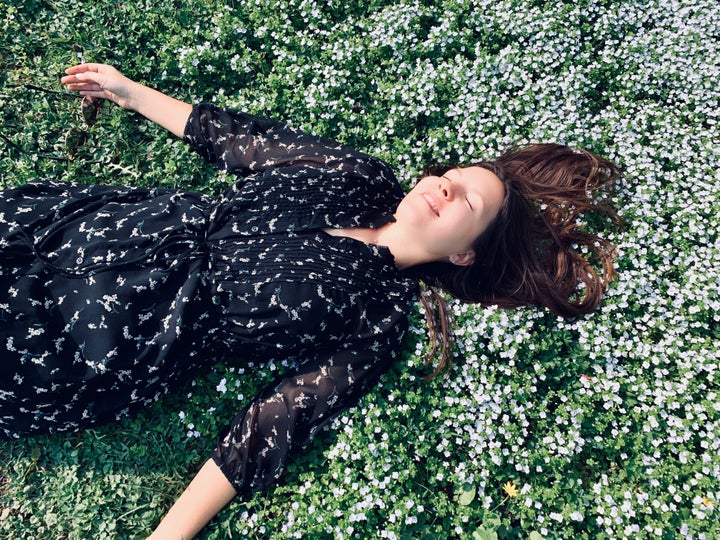
These past few months have been about going back to our roots. For some of us, that’s literal, as we’ve been staying at our parents’ houses. For others, it’s all about turning to at-home DIY projects and refining our green thumbs.
To pass some of the quarantine time, you might have tried your hand at making your own decorated focaccia garnished with green peppers. Maybe you’ve taken up letter writing or taken a stab at embroidery to ease idle hands.
You wouldn’t be alone in trying out such hobbies, or “micro-trends,” as Vox describes them.
These “micro-trends” aren’t so small after all — they’re part of a much larger trend that’s actually been around for a while. But it’s been growing in popularity as many of us have looked for a much-needed escape.
That trend is called cottagecore, and it’s all about looking and living like you’re in some sort of pastoral painting — even if you live far, far away from a farm. But where did cottagecore come from? And why did this trend that seems to be so traditional become so popular in 2020?
What Cottagecore Is
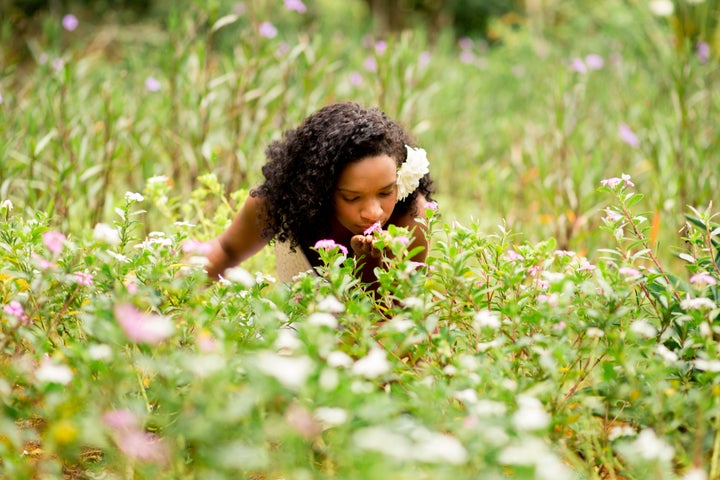
Cottagecore — also known as farmcore or countrycore — is an aesthetic above all, like what grunge was in the ’90s and normcore became at the beginning of the last decade.
Unlike the modern VSCO girls with their scrunchies and e-girls born out of scene subculture, cottagecore is not about being contemporary — or even cool, for that matter. The trend is best summed up by how its subreddit, r/cottagecore, explains it: “your grandma, but like, hip.”
Cottagecore is centered around what you would imagine living in a cottage in the countryside would be like — gardening, greenery, floral prints, flowy dresses, and animals. You want to feel like you would fit in on a farm.
It’s best illustrated by items like radish gardening gloves, peach-printed home decor, floral dresses with puff sleeves and tiered skirts.
“I would describe it as an aesthetic based upon a quiet, simple life filled with good, wholesome food, animals to care for, a garden to tend to, clothes that feel whimsical and a deep-rooted appreciation for nature and the natural world,” said Katherine Livesey, a writer who lives in England.
Livesey has been into cottagecore since she was a child, even before it became a full-blown trend, saying she “didn’t even know my ‘aesthetic’ had a name until very recently.”
Livesey, or @katy_who, is also one of the faces you’ll find if you search through #cottagecore on Instagram. The cottagecore community there is flourishing, with almost 700,000 posts — that’s much more than the almost 200,000 posts in #normcore. The tag is filled with fields of flowers, cottages strewn with vines and delicately decorated cakes.
Followers of cottagecore are definitely taken by the traditional, but they aren’t completely trading in modern life for a traditional one. Livesey said cottagecore has “brought together a group of people who still love the ‘old ways,’ while still having the progressive values of modern life.”
“The teens and twenty-somethings espousing Cottagecore are, for lack of better word, woke,” Allison Pfingst, a fashion historian at Fordham University, said in an email to HuffPost Finds. “They don’t want the kind of rural environment that breeds small mindedness, or to gather mushrooms on land stolen from indigenous peoples.”
Like lots of trends, cottagecore isn’t necessarily new, but it has been recently popularized by queer teens on TikTok, as i-D pointed out in one of the first explainers on the trend. The New York Times soon had its own piece on the movement, with outlets like Insider, Paper Magazine, Teen Vogue and The Guardian following soon after.
These stories emphasized the escapist quality of cottagecore, especially as its rise coincided with the popularity of “Animal Crossing.” The game, which is widely considered escapist, allows you to create and care for your own virtual island.
For many, cottagecore can seem like a respite in our overstimulated world.
“Taking up embroidery so you’re not endlessly scrolling through social media, growing herbs on your windowsill, baking something delicious and cuddling your cat all fit nicely within the aesthetic,” Livesey said. “But more importantly, they’re nice, relaxing and wholesome ways to spend your time if you’re in need of a little bit of calm and quiet.”
What Makes Cottagecore So Comforting
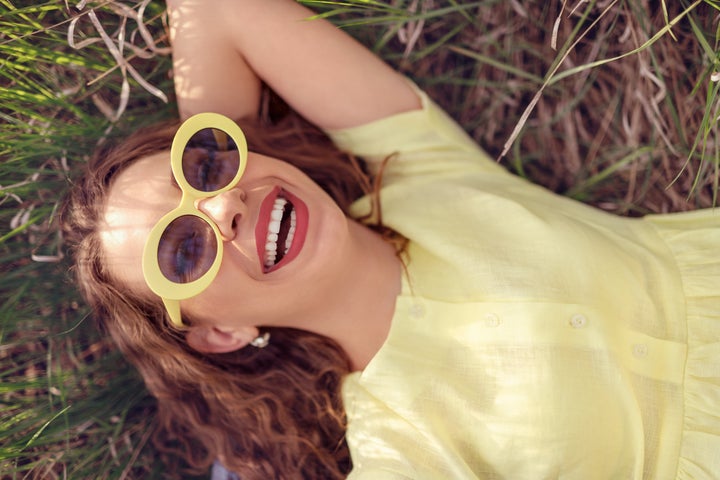
You pretty much know something’s official once it has its own Wikipedia page, and cottagecore has reached that stage. (It also has its own entry on Urban Dictionary.)
Google searches for cottagecore have jumped since March, peaking in the summer, perhaps due to famous influence. Celebrities from Halsey to Harry Styles have been caught going in on the trend. Even the cover of Taylor Swift’s latest album, “Folklore,” looks like something from a cottagecore collage.
“Rather than looking ahead to a dystopian future full of uncertainty, society looks back to the past when things were less complex with less uncertainty.”
- Ari Lightman, digital media and marketing professor at Carnegie Mellon University
It doesn’t seem like cottagecore will lose steam anytime soon. But why has it gotten this popular in the first place? For one thing, the ongoing coronavirus crisis has forced a lot of us to stay inside and deal with anxiety, boredom and confusion.
Cottagecore offers a chance to take your mind off everything going on. You can distract yourself by getting knee-deep in dirt to plant a garden or checking on the sourdough starter in your closet.
“I think it has something to do with looking back to a simpler time,” said Ari Lightman, a digital media and marketing professor at Carnegie Mellon University. “Rather than looking ahead to a dystopian future full of uncertainty, society looks back to the past when things were less complex with less uncertainty.”
There’s certainly a lot of uncertainty these days — especially when it comes to the economy. Low wages, high rents and little room for opportunities even before the crisis started have created the right conditions for cottagecore to rise, according to Suzanne Wexler, a culture and trend writer.
Many people are “grabbing their laptops and heading for smaller cities or the suburb’s greener pastures — or returning to the small town where Mom and Dad still live,” she said.
“Just like most bohemian movements that predate it, cottagecore also expresses a general displeasure with the current state of capitalism and urbanism, which has been really hard on millennials and is expected to be rough on Gen Z, too,” Wexler said.
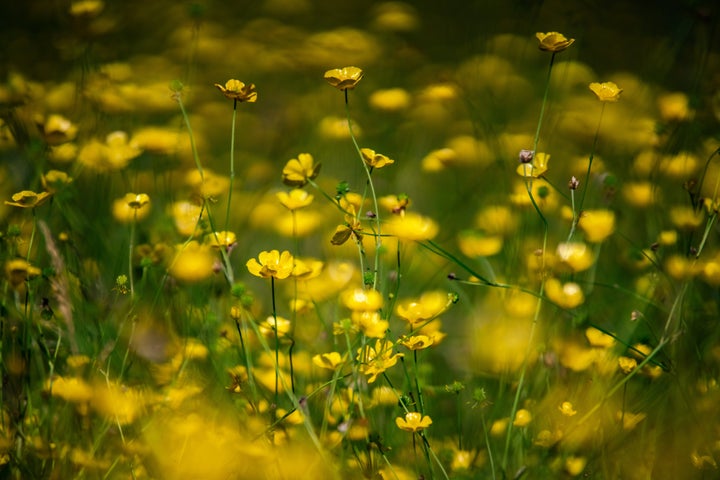
Many of the things that have become closely associated with cottagecore — like pressing flowers and knitting — are a rejection of capitalism on some level, according to Wexler. It’s more about DIY-ing than going out and buying.
The heyday of the aesthetic can be traced back to the hippies of the ’60s and ’70s — and even as far back as Marie Antoinette. The Guardian and Teen Vogue have cited her as style inspiration for the cottagecore trend.
Back in her day, Marie Antoinette and her entourage would escape to one of her smaller castles — dressing in plain white muslin dresses and straw hats decorated with fresh flowers — and pretend to be “simple peasant girls” by herding sheep, milking cows and picnicking on the grass, according to Caroline Weber, a French and comparative literature professor at Barnard College.
Sound familiar? As for the hippies — they were on to something, too.
“They expressed themselves in exuberant vintage, thrifted and DIY clothing, and many sought to reconnect with nature through various means, including diets, hallucinogenic, spiritualities, sexuality and appropriations of different cultures,” Pfingst said. “Cottageore, though pretty wholesome and tame in comparison, shares the similarities of a vintage-inspired wardrobe, a liberal morality, a desire to reconnect with nature, and to escape the keeping-up-with-the-Joneses (or Kardashians) mentality that has been mercilessly fueled by social media.”
The Pioneering Prairie Girls
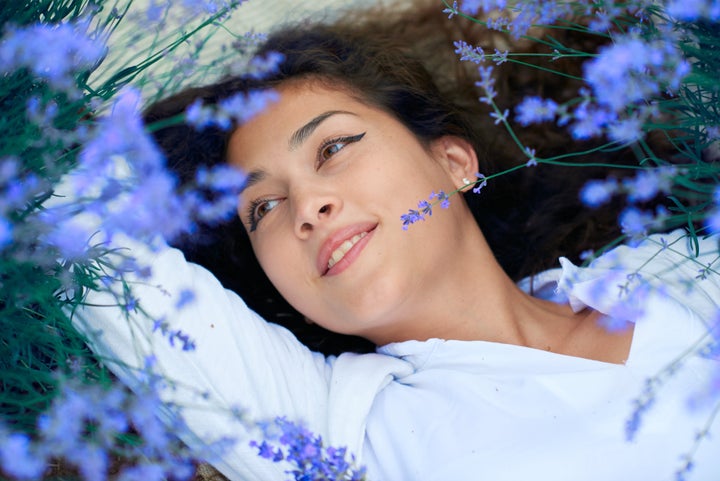
You can’t talk about an aesthetic like cottagecore without talking about its fashion.
For many, staying in the same sweats all day and the Birkenstocks-and-socks look are the height of quarantine fashion. But cottagecore is a much more dressed-up look.
You probably won’t see a cottagecore influencer posting on Instagram about sports bras and biker shorts. Instead, cottagecore has taken cues from the prairie girl trend, which is also all about looking feminine and easy-going.
The two trends even took off around the same time — 2018 — when The New York Times spotted pioneer women roaming around in New York City. But dressing like a prairie girl became a bonafide thing thanks to Greta Gerwig’s remake of “Little Women” last year and was well on its way to being a big trend this summer.
“‘Prairie girl dressing’ also pairs nicely with the growing desire for sustainable fashion. It has a very thrifted, make-do-and-mend, eco-chic quality,” Pfingst said. “That being said, once the pandemic took hold, this trend fused with the nascent Cottagecore movement and became something much more significant.”
Brands like Anthropologie, Christy Dawn and Madewell have helped popularize the trends, too.
When looking through the cottagecore hashtag on Instagram, Tumblr and TikTok, you’ll see lots of ruching, ruffles, tiers, smocking and embroidery. You’ll also find posts featuring straw hats, clogs that look like Swedish Hasbeens and, of course, many bouquets of fresh flowers.
It’s kind of like “Midsommar” — but without all the murder.
The same patterns come up, too: florals, gingham and plaid. As do puff sleeves and Peter Pan collars. Milkmaid braids are a must. Pastels, too, in shades like eggshell, blush, lemonade, periwinkle, pistachio, lavender and cornflower blue.
“It’s Polyanna meets Laura Ashley meets a woodland fairy.”
- Allison Pfingst, fashion historian
It’s easy to see why so many have fallen in love with cottagecore fashion — it looks nice. Tiered skirts are fun. Who doesn’t like light and airy clothing that’s easy to move and breathe in? It’s a look that’s ideal for laying in a field of flowers — even if you don’t actually ever come across fields of flowers in your daily life.
“It’s Polyanna meets Laura Ashley meets a woodland fairy,” Pfingst said.
It’s also a stylized look. You won’t find a flower out of place in the posts on Instagram.
Karolína, who asked us to not use her last name, is a 21-year-old influencer from the Czech Republic who goes by @everlinet on Instagram. She was vintage shopping online one day when she “found out my style actually has its own name.” Her clothes are typically vintage or vintage-inspired, and she’s inspired by fashion from the 1800s and 1940s. She likes dresses that make her “feel like a fairy from far away.”
Karolína’s favorite places to shoot photos for her Instagram are in forests and castle ruins, since she lives close to the countryside.
“I do love to show my friends and followers glimpses of my real life, but also make it whimsical and beautiful to look at, to bring joy and a bit of fairytale to their lives,” she said.
The Influencers Are All Right
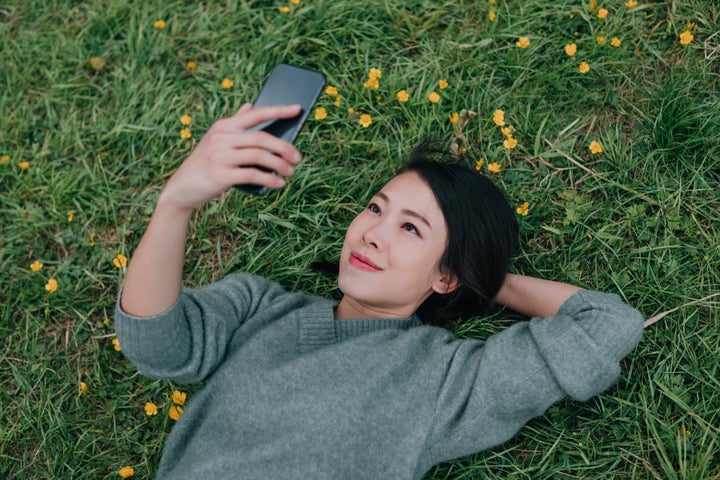
Like all the fads we’ve seen in recent years — from the summer when everyone was playing Pokémon Go to how everything’s made of cake now — social media has helped cottagecore become what it is.
“Social media is integral to cottagecore, which is a fully modern take on old idea,” Wexler said. “Social media likely gave disparate fairy girls and ‘Little House On The Prairie’ lovers room to bond, and let them add the embellishments of filters, digital sparkles and much-needed upgraded gender and racial norms.”
Cottagecore has its own communities on Instagram and TikTok, with accounts that are completely dedicated to the aesthetic and users showing off shots of their gardens.
“I spent a long time thinking I was a little bit of a hermit for wanting to build a little wooden cabin in the woods somewhere so I can keep a few animals, grow my own food and live a quiet life away from the stress and anxiety of large groups of people,” Livesey said. “Now I know that there are so many people out there who share that dream, who love to bake, craft, garden and build beautiful things.”
The countryside sounds really nice to a lot of people right now. Lots of folks are ditching cities in favor of the country and surrounding suburbs. But going off into the countryside isn’t so easy, either. There’s a high cost to “panic move” during a pandemic.
Take it from Jenna Woginrich, a blogger and author who left her job working at a television network to become a homesteader, which she described as “basically farming for one’s own family or consumption, not necessarily for profit.”
“I do it because I want to wake up on a Tuesday and saddle a horse for a gallop up a mountain if I wish, instead of checking my Google Cal for a meeting in a conference room three floors away,” she said. “That life was killing me. This life is too, but what a way to go.”
“There’s no rulebook. It’s just about simple, good-natured, wholesome living.”
- Katherine Livesey, writer and Instagram influencer @katy_who
But not everyone does want to pack up and leave for the country. Cottagecore isn’t necessarily about finding a farm that’s far away from a city.
“I’d say that if you’re already living a life where your clothes make you feel good, you love to bake or tend to your garden or herbs, or you love nature and all of mother nature’s creatures, you’re already living in your own cottagecore world,” Livesey said. “There’s no rulebook. It’s just about simple, good-natured, wholesome living.”
And the trend has definitely helped some people stay positive while staying home this year.
“As someone who needs a fair bit of nature time and exercise to feel truly well and happy, it was a real struggle to stay content,” Livesey said. “Knowing I could knit, weave, bake, embroider, tend to my tiny veg plot or grow seeds on my windowsill all helped to keep me busy and contented.”
You might be wondering: Does cottagecore have staying power post-pandemic? When this is all over, will the trend still be something we talk about?
“That is difficult to say, as we have distressingly little idea of when this pandemic will truly be over,” Pfingst said. “That being said, cottagecore really seems to have struck a chord with a certain demographic. For them, cottagecore is really more of a lifestyle than a fashion trend, and I can see it living on as a style tribe.”
Here’s everything you need to welcome in the wholesome cottagecore trend: